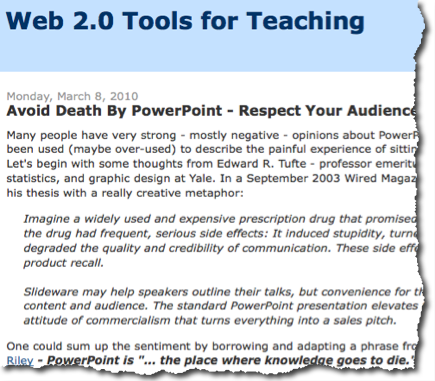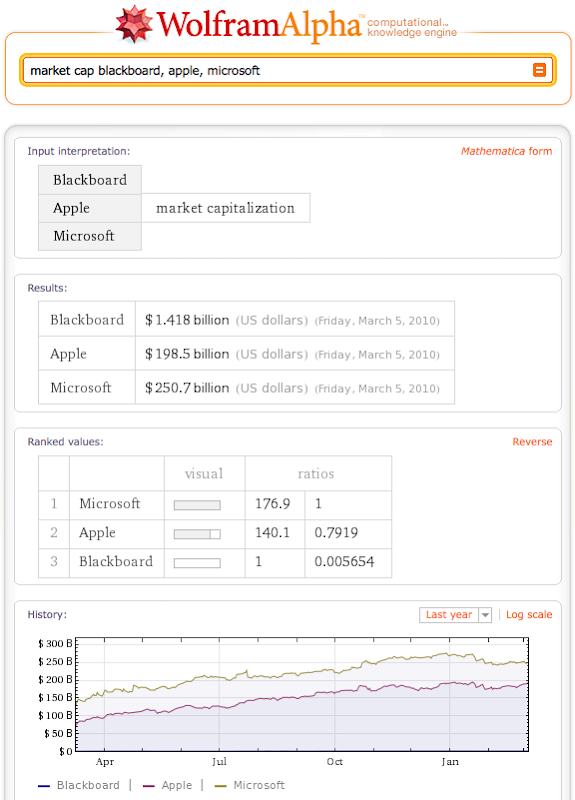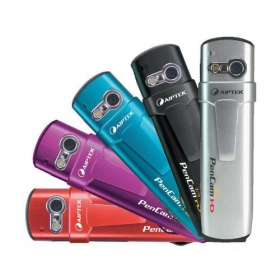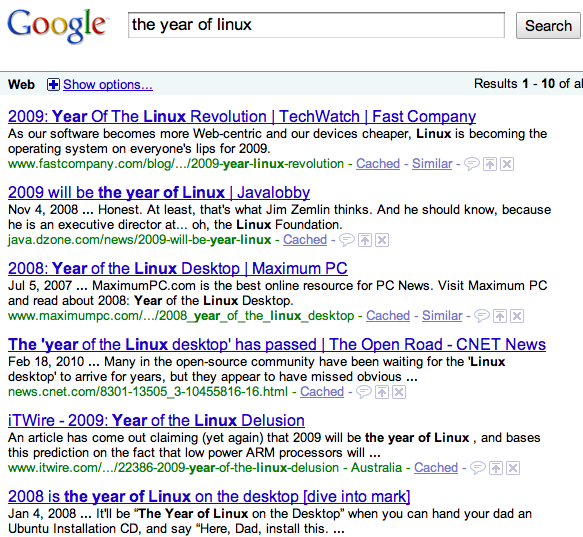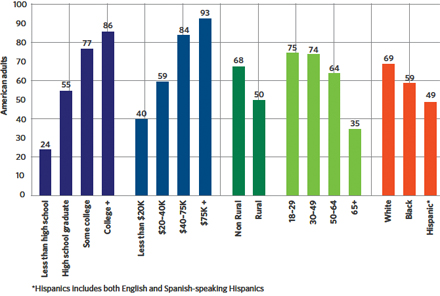I have a colleague who worships Bauerlein and his book "The Dumbest Generation." While the book makes some good points, I think in the end Bauerlein underestimates what our kids can do. I would argue that our kids live in a digital world, but many of us are still teaching them in an analog world. Bauerlein points to kids immersion in digital and electronic media and their inability to recall facts and figures that have traditionally been taught in schools. I would argue that this has nothing to do with technology - think of Jay Leno's "jay-walking" segment and the number of adults (not digital natives) that can't answer simple questions. Our kids can do things with technology that earlier generations couldn't even dream of. So what do we do? We bring them into class and tell them to turn off their cell phones, put away their laptops, and take out a pad of paper and a pen or pencil. Maybe if we occasionally engaged them with technology, they could learn the Gettysburg address and some of the other facts and figures that we use to measure knowledge in our analog worlds. And maybe we could start measuring knowledge in new ways.
Salary by Major
The National Association of Colleges and Employers has released Winter 2010 results of its ongoing survey of starting salaries for different bachelor degrees. Here are the top ten:
Petroleum Engineering $86,220
Chemical Engineering $65,142
Mining and Mineral Engineering $64,552
Computer Science $61,205
Computer Engineering $60,879
Electrical/Electronics & Communications Engineering $59,074
Mechanical Engineering $58,392
Industrial/Manufacturing Engineering $57,734
Aerospace/Aeronautical/Astronautical Engineering $57,231
Information Sciences & Systems $54,038
A summary appears here.
Why, one wonders, haven't the number of bachelor's degrees in engineering shot upward in the last 10 years?






 Wow - cracking a 1024 bit key. This is pretty impressive. Makes we wonder the capabilities the NSA has.
Wow - cracking a 1024 bit key. This is pretty impressive. Makes we wonder the capabilities the NSA has.
